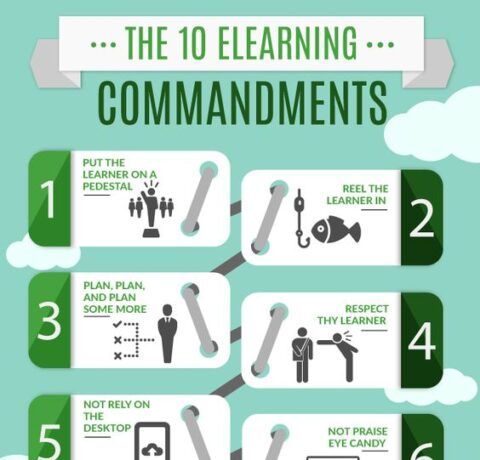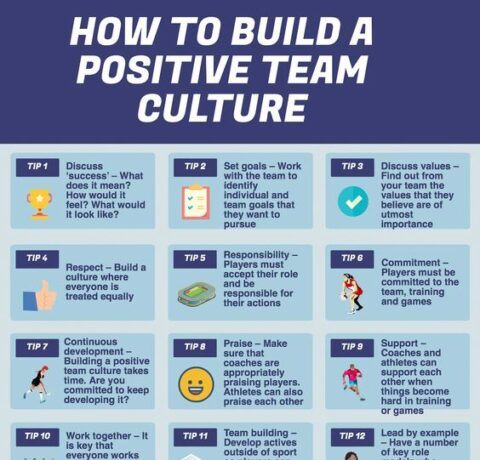Memory and Unforgettable eLearning Infographic
The ability for our minds to enhance or impair the memories we experience is mind-blowing. The Memory and Unforgettable eLearning Infographic shows how cognitive biases can be used when creating eLearning.
Memory biases are a peculiar thing. We don’t realise how our minds implement them in every facet of our lives. It is important for us to play on memory biases when creating eLearning to ensure that important knowledge is retained. If the knowledge is retained, the skill sets that accompany it can be applied into everyday working-life situations.
The Bizarreness Effect
If something jumps out at you on a page, you are going to remember it. A man in a suit is forgettable, but a fish in a suit? That will stick with you for a while. Odd, unusual and extraordinary information is easier to retain, so make your most important bits stand out.
Strange things stand out. It is one of the reasons the Loch Ness Monster has fascinated generations of curious minds. It is why almost everyone can describe what unicorns looks like, despite being fantasy creatures. Anything outside of the norm tends to be remembered because of its distinctive nature.
When applying the Bizarreness Effect to eLearning, it is important to make sure that crucial information is jumping out at those who are learning. This may vary from highlighting information to bringing material to life through memorable activities. Strive to create eLearning that stands out from all other eLearning formats. Bizarre is different. Different is good.
The Humour Effect
If something makes us crack a smile, it won’t be forgotten anytime soon. If there isn’t a giggle, there is a better chance you will forget it. Make people laugh. They’ll remember more and have a damn good time doing so. The emotional response to humour is something that can’t be underestimated.
The Generation Effect
Coming to conclusions through our own experiences are the moments that really stick in our mind. Information handed to us on a plate? Not so much. It is important to create the sense that users are driving their own learning experience, not being spoon-fed the information.
Whether that be something as minor as reading the writing down notes or engaging the material in forms of questions, generating the ideas ourselves lead to more effective memory retention. This explains why interactive activities in eLearning can be very engaging and effective. The user has to learn about the information by engaging with it and actually thinking about it.
It is best to apply the same principles when it comes to eLearning. When handed large amounts of information to consume with only a passive involvement, it becomes much more difficult to recall at a later time. In eLearning, let the user make the decisions and ultimately drive their learning.
The Picture Superiority Effect
We can recall visuals easily so information through pictures and infographics aren’t going to be forgotten quickly. However, large slabs of text will be. Providing learners with visual aids is more likely to enhance their knowledge retention.
Creating incredible visuals for eLearning is important. People will have a better chance to recall information if they can make the connection with something they can picture in their head. This is also why diagrams, tables and graphs are used often in work environments. Visual information is much easier to retain than its written counterpart. This isn’t to say that words should be scrapped altogether, of course. Words are a vital part of the way we communicate and can be used incredibly effectively with imagery.
Creating eLearning with memory biases in mind can really enhance the chances of information retention. Our minds work in the most mysterious ways, so make sure learning accommodates the way our brains manage memories. After all, we only get one mind. Let’s make the most of it.







You can adjust your cookie preferences here.